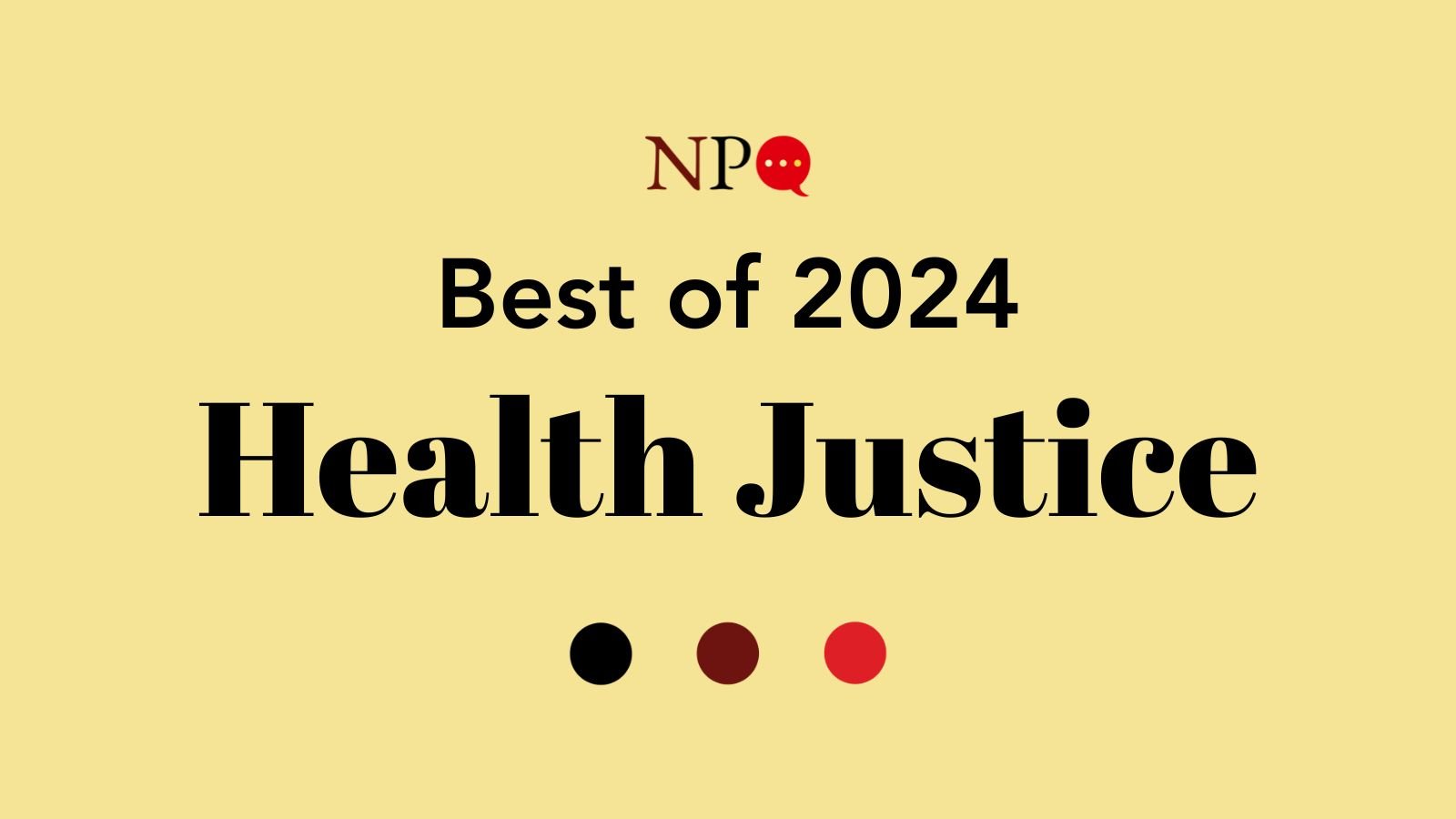
August 28 2020; CNBC
A study by the Economic Policy Institute (EPI) estimates that 12 million Americans have lost their employer-based health insurance since February. This is notably higher than a previous Urban Institute estimate, which had projected that 10.1 million Americans would lose employer-based health insurance by the end of 2020.
The EPI estimate is a net figure—that is, it subtracts out people who return to work and regain employer-based health insurance. EPI estimates that nine million workers lost their coverage at some point during the pandemic, but over 2.8 million people have been rehired into jobs that provide employer-based health coverage.
Nonetheless, EPI estimates that the net result is that roughly 6.2 million fewer workers have employer-based health insurance today than before the pandemic hit, while an additional 5.8 million spouses and dependents who were previously covered by those policies also lost their health insurance in the process.
“Because most US workers rely on their employer or a family member’s employer for health insurance, the shock of the coronavirus has cost millions of Americans their jobs and their access to health care in the midst of a public health catastrophe,” notes Josh Bivens, EPI’s research director and coauthor of the study with Ben Zipperer.
Sign up for our free newsletters
Subscribe to NPQ's newsletters to have our top stories delivered directly to your inbox.
By signing up, you agree to our privacy policy and terms of use, and to receive messages from NPQ and our partners.
In the majority of cases—the study estimates up to 85 percent of them—those losing coverage have been able to find alternate health insurance coverage through some other means, although the quality of the replacement insurance is often less comprehensive than what the employer-based policy had provided.
Generally, explains Annie Nova of CNBC, newly laid-off and uninsured people have four ways to get coverage:
- Some maintain coverage, albeit at considerable personal expense (averaging $600 a month) through the federal Consolidated Omnibus Reconciliation or Budget Act, or COBRA policy, a law that has long entitled laid-off employees to buy in to their former employer’s health plan on a month-by-month basis for a limited period of time, frequently capped at 18 months.
- Some buy policies on the Affordable Care Act (ACA) marketplace. As NPQ reported in July, the percentage of Americans on such plans has increased during the pandemic from 7.9 percent to 11.4 percent, while the percentage covered by employer policies fell from 59 percent to 54.1 percent.
- Many get health insurance by enrolling in a public plan like Medicaid or Medicare. According to the EPI report, the number of people on Medicaid has risen by 4.3 million during the pandemic. In fact, today a full third of Americans have their health insurance through these federal programs.
- In some cases, if a laid-off employee’s spouse still works at a job that offers family coverage, the laid-off employee can join the spouse’s plan.
A survey by Families USA illustrates that where you live can affect health insurance coverage considerably. In May 2020, 94 percent of residents in the District of Columbia had health insurance coverage; by contrast, at the same time, only 71 percent of Texans were insured.
In their report, Bivens and Zipperer conclude with a call for health insurance stability, which they note can be achieved by severing the connection between employment and insurance through federal adoption of Medicare for All or “single-payer” health insurance. Ironically, as their data show, regardless of formal government policy, the pandemic is moving more and more Americans to public health insurance, even if such a shift is not planned.
They add, “Absent a once-and-for-all switch to a single-payer system, policymakers can take smaller steps to delink health insurance from specific jobs. They could lower the age of eligibility for Medicare, raise the income thresholds for Medicaid eligibility, and/or incorporate into the ACA marketplace exchanges a public option that enrolls all workers without job-based insurance.… Policymakers could also require that employers either provide comprehensive and affordable insurance or pay a fee to help cover the costs of enrolling their workers in the public option.”—Steve Dubb












